Poor urban planning situations can often be attributed in large part to a lack of understanding of and/or interest in the history, heritage, and community attachments to urban green spaces by management authorities.
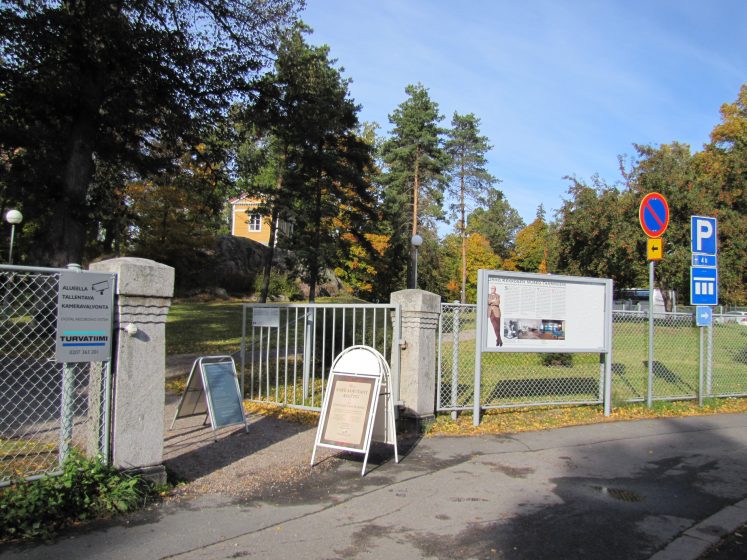
I am not suggesting that urban public parks should not change (replacing original trees with those better adapted to changing climate and reduced water availability, for example), but rather it is not unusual that actions are being implemented in ways that are not cognisant of the histories, community values or non-commercial purposes of these places. This poor urban planning situation can be attributed in large part to a lack of understanding of or interest in the history, heritage and community attachments to urban green spaces by management authorities.
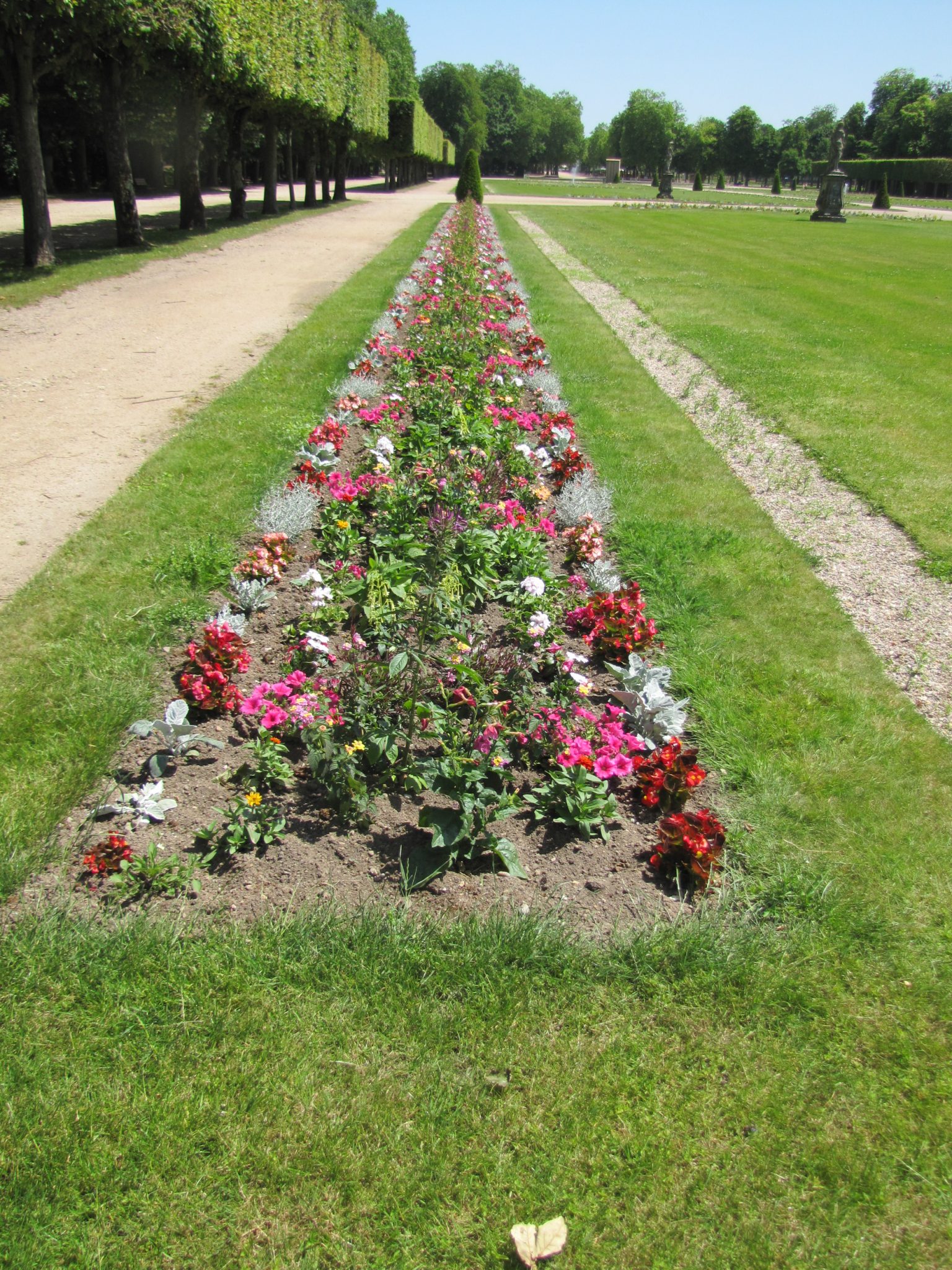
In this blog, I outline work by the International Council on Monuments and Sites (ICOMOS) to bring these issues to the fore and provide guidance concerning the care and safeguarding of historic urban public parks. (The blog is based on a forthcoming paper in Australia ICOMOS’s journal Historic Environment). ICOMOSis a global non-government organisation dedicated to promoting the application of theory, methodology, and management techniques to the conservation of all forms of heritage (such as buildings, historic cities, cultural / urban landscapes and archaeological remains). ICOMOS has over 10,000 individual members and 320 institutional members. One of the roles of the organisation is to develop, disseminate and implement “doctrinal texts” that advocate for good heritage policy and practice.
What are doctrinal texts?
Doctrinal texts comprise a position statement, a set of beliefs or actions, or good practice guidance advocated by a knowledgeable group (governments or non-government organisations, for example). With regard to the field of heritage, they can be issued in a range of forms; and for ICOMOS these comprise charters, principles, guidelines and documents. Indeed, ICOMOS was founded on a doctrinal text—International Charter for the Conservation and Restoration of Monuments and Sites(The Venice Charter 1964).
In December 2017, ICOMOS adopted the ICOMOS-IFLA Document on Historic Urban Public Parksas a doctrinal text. Both ICOMOS and the International Federation of Landscape Architects (IFLA) have approved the Document. It was developed over a nine-year period (2008-2017) by the ICOMOS-IFLA International Scientific Committee on Cultural Landscapes (ISCCL), one of 28 technical advisory committees established within ICOMOS.
ICOMOS-IFLA Document on Historic Urban Public Parks
On 29 October 2013, the ISCCL Annual Meeting held in Canberra, Australia, adopted the ISCCL Canberra Declaration for Historic Urban Public Parks. The declaration, which was specific to the work of the ISCCL, had been a long time in the making. It had been proposed in 2008 with an initial draft document prepared by Eeva Ruoff (Finland), Stéphanie de Courtois (France) and Sonia Berjman (Argentina) presented to the ISCCL 2009 Annual Meeting (Tokyo, Japan). Subsequent revisions, coordinated by Eeva Ruoff, were presented to the ISCCL annual meetings in Istanbul, Turkey (2010), Paris, France (2011), and Hangzhou, China (2012).
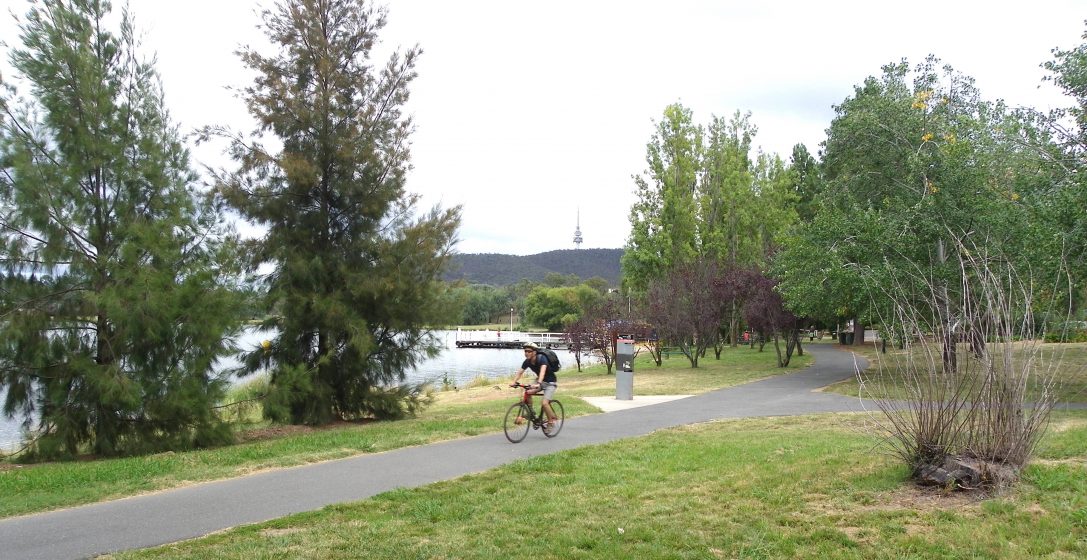
The purpose of the Declaration is to emphasise, and provide guidance on, the safeguarding of historic urban public parks—a sub-category of designed cultural landscapes in the World Heritage system—as heritage places created or adapted for the use and enjoyment of present and future generations. This concern arose because it was the experience of various ISCCL members (many of whom are landscape architects) that rapidly growing and changing urban landscapes were increasingly eroding the amenity of and access to public parks. In particular, the concern was with the impacts of incremental change on the heritage values of such places.
A key point of discussion in developing the Declaration was the concept of an “historic urban public park” and its cross-cultural meanings in a global context. That is, what is meant by “historic”, by “urban”, by “public” and by “park” and how are these terms relevant and applicable in different cultural contexts—including those of Indigenous nations? For the ISCCL representatives of non-European countries, and countries not previously colonised by European nations (China and Japan, for example), these terms are problematic and their framing Eurocentric. There was, I think, no satisfactory resolution to this matter, except to recognise the issue and to propose that ISCCL members using the Declaration define concepts in culturally relevant ways in footnotes to it. Nevertheless, the conversations were invaluable because they enabled different disciplinary, national and individual perspectives to be shared, scrutinised and discussed.
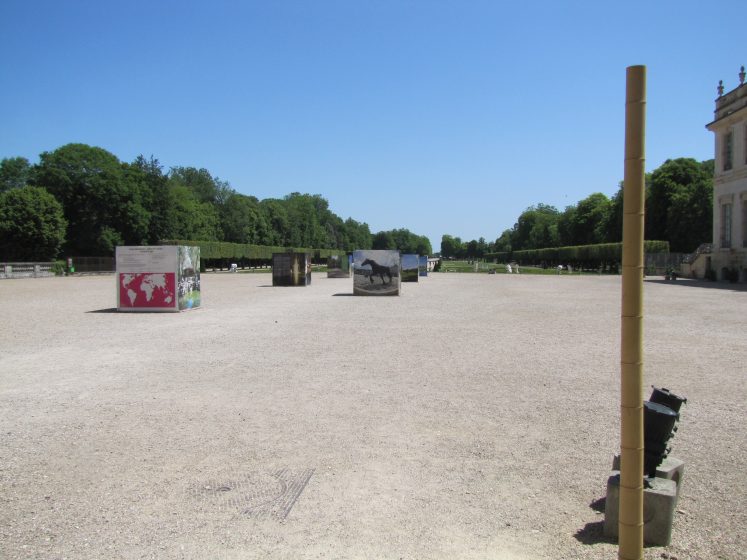
The journey from the Canberra Declaration to the ICOMOS-IFLA Document on Historic Urban Public Parks(the Document) began by using the text of the Declaration. The process of revising, progressing and finally adopting the Document by IFLA and ICOMOS involved the circulation of the draft text (in August 2015 and January 2016) to the 110 National Committees and 28 International Scientific Committees of ICOMOS (in order to reach over 10,000 individual members world-wide). Comments were received from seven National Committees (Belgium, Canada, China, Czech Republic, Germany, Ireland and Spain), as well as from two individuals and were the basis for the final revisions to the text.
The final version of the document(available in English, French, Spanish and Chinese) is short (less than four pages) and is comprised of a Preamble and five sub-headings with a total of 21 articles. The sub-headings are: Historic Urban Public Parks – Definitions (articles 1-5); Historic Urban Public Parks – Values (article 7); Special Character-Defining Elements of Historic Urban Public Parks (articles 8-16); Historic Study, Preservation, and Management (articles 17-20); and Universally Accessible Design Adaptations (article 21).
It is fair to say that there was much discussion within the ISCCL on the value of focussing on the specific category of historic urban public parks rather than on designed landscapes more broadly. For some ISCCL members, designed landscapes could encompass a wide range of heritage places (private gardens, public parks, cemeteries, urban green spaces, etc.), many of which face the same issues and challenges encountered in historic urban public parks. However, for landscape architect Eeva Rouff, the initiator and force behind the document, the specific focus was essential because it was her experience that historic urban public parks in Europe and other regions (the Americas and Australia, for example) faced increasing pressures and threats to their original design intent and public amenity resulting from cumulative change. The point here is that passion and commitment—either via an individual (such as Eeva Ruoff) or a small group—can be a powerful force driving the multi-year and arduous administrative and consultative process of creating universal heritage doctrine. In the instance of the ICOMOS-IFLA Document on Historic Urban Public Parks, I applaud Eeva Ruoff for her dedication and persistence.
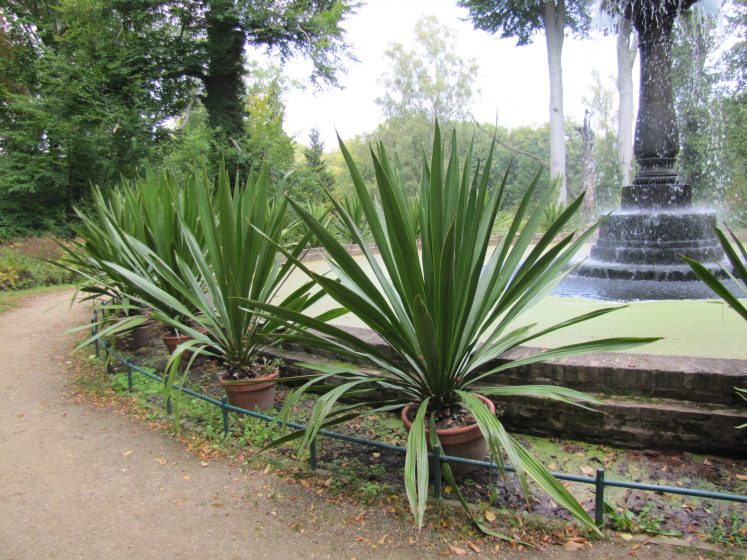
A call for assistance
It is one thing to travel the arduous journey of creating and having adopted a doctrinal text, but it is not where the journey ends. Work now on the ICOMOS-IFLA Document on Historic Urban Public Parksrequires that it be disseminated (including via translation into different languages) and promoted to the heritage conservation community and to appropriate park management authorities. This latter work has been taken on by the ISCCL. I would urge all readers of this blog to take a look at the Document and to utilise it where relevant in their work; and also circulate it to relevant professionals, community groups and activists. The impact of the document will ultimately be measured by the changes and differences it makes on the ground.
Equally, the Document has a mechanism (based on the resolutions of adoption voted on by ICOMOS and IFLA) that requires it be revised in 2022. The intention here is to review, refine and revise the document based on its application in the field of heritage conservation practice. Feedback can be provided to the author of this blog and will in turn be provided to the appropriate organisations.
Although the Document is confined to historic urban public parks, incremental change that is detrimental to original design intent and historical context, as well as contemporary community use and amenity, is an issue for the diversity of urban green spaces more broadly. Consequently, vigilance by local and concerned communities is essential if the ambience of, feelings for and stories about local community spaces are to continue to be valued, respected, safeguarded and cared for. It is my view that all citizens have a role in this regard.
Steve Brown
Sydney



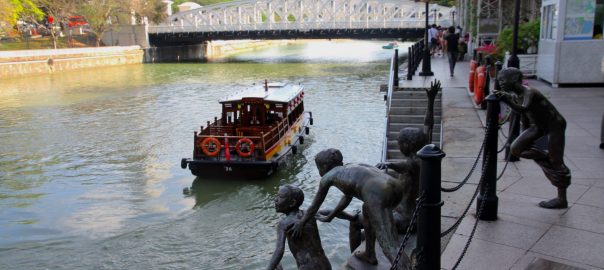
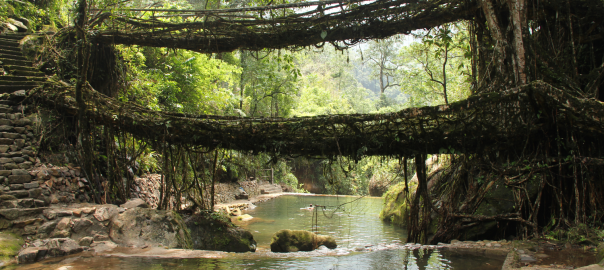


Leave a Reply